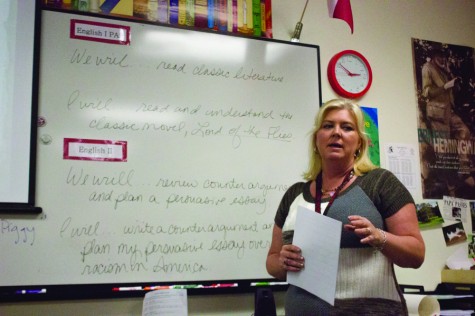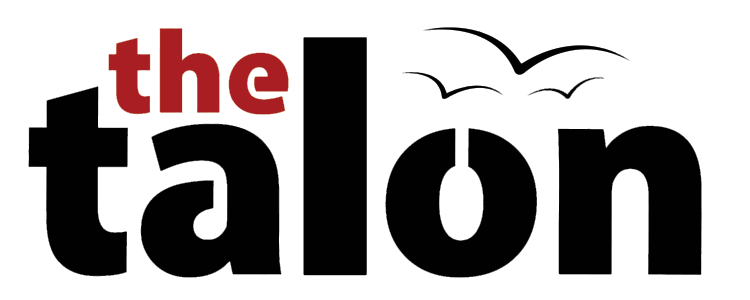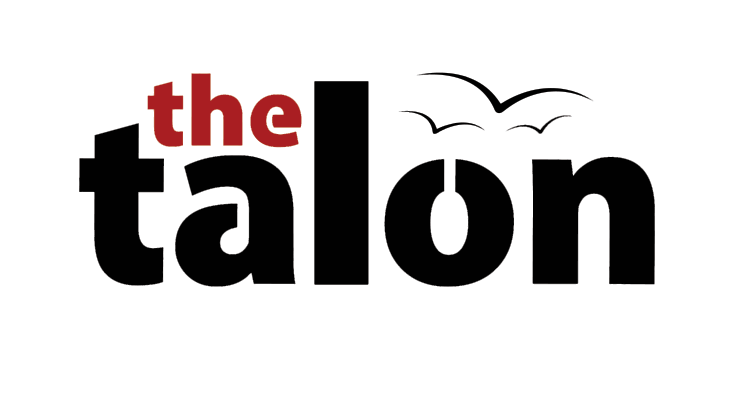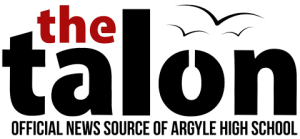HS Implements the ‘Fundamental Five’ to Spur Student Learning
December 29, 2014

This school year, teachers and administrators put into place the Fundamental Five teaching technique in order to promote learning within the student body. The new way of teaching involves five ways to help teachers engage students.
The first of the five steps is the poster-child of the entire technique. It is visible on teachers’ whiteboard throughout the school: “We will, I will”. It is part of Framing the Lesson where students are able to see what needs to be done for the day and what is expected of them. The other four techniques might not be as visible, but are nonetheless just as important. Working in the “Power Zone” encourages teachers to remain mobile in the classroom and be accessible to students. Recognizing and Reinforcing, the third technique, involves the teacher positively recognizing answers and reinforcing their validity. Another more noticeable step is the FSGPT, or frequent small group purposeful talk, which encourages teachers to have students talk to one another about what they have learned and then transfer these ideas into the fifth and final step, Critical Writing, where students write what they learn that day, whether it be one sentence, or a five paragraph essay.
“The five techniques are so fundamental to teaching,” Assistant Principal Christy Keck said. “Research shows that using the five strategies are best for learning and helping students engage themselves in the classroom.”
Keck believes that the Fundamental Five are very beneficial to students in the learning environment, stating that she has observed that many students are stopping to talk about content, are less intimidated when asking questions, and get much more out of class. Alongside Keck, many teachers feel the new strategy of teaching is beneficial to not only the students, but to teachers as well.
“I think it’s nice that we have a specific set of goals as a campus to focus on instead of having a hundred different things we could do to improve our teaching,” Coach Beene said. “I think some of them are really easy to do, like being close to the students instead of being at your desk, and I think some of them can be time consuming, but it’s our job.”
Though many teachers like the new plan, some students are somewhat hesitant about its implementation.
“These new procedures would probably work best in an English classroom, but with history, there mostly needs to be lectures and notes and discussions,” junior Carleigh Klusman said. “So really you should just be more flexible depending on what your classroom is and what the teacher is used to.”
Despite some comments from students, it has received an overall positive view from teachers and faculty. One thing is for sure, whether or not all the steps are useful, some provide a promising effect on students.





